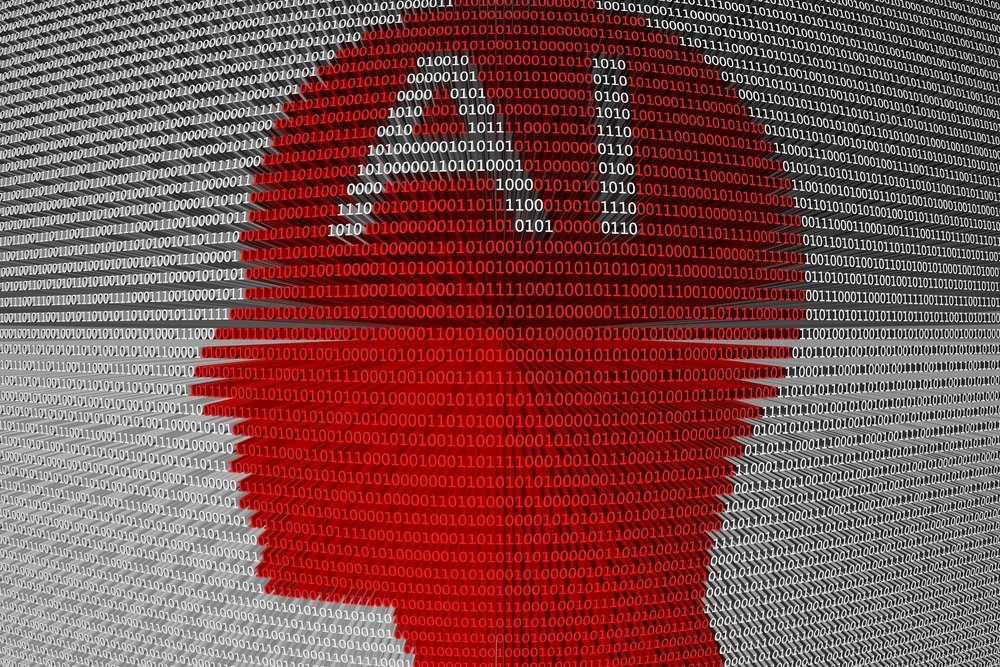It seems incredible, but according to one source (
http://bit.ly/1us6og2), the
Apollo Guidance Computer in the Apollo 11 command module (the first moon landing) had 64kb of memory and operated at 0.043MHz.
“In comparison,” it says, “an iPhone 5s has a CPU running at speeds of up to 1.3GHz and 1GB of RAM.” This, it says, is more than enough to store the 6MB of code NASA developed to monitor the status of its spacecrafts and astronauts in 1969.
It’s one of many comparisons that show just how fast and how far computing power, speed and capacity have developed over the past few decades.
But we know that: We know our smartphones are, well, smarter than the room-sized mainframes of the 1960s. We know our tablets have greater processing speeds than the most cutting-edged PC of the 1980s. And we know our smart watches have greater data storage capacity than the standard office desktop of the 1990s.
Speed, storage and size; they have all been top of the developmental agenda as technology innovated. Concepts such as big data, cloud computing, interconnectivity, super-fast networks and artificial intelligence (AI) have all emerged as a result, but which have, until now, been viewed in relative isolation.
What’s changed? The Internet of Things; where all these big issues fit neatly together under one banner. It’s where a plethora of smart devices create, collect, collate, share and sync data with each other and, crucially, with no human input whatsoever.
This smart data leads to smart decisions being taken by smart devices. From the micro (such as ingestibles - digital pills that we swallow and which, using wireless technology, monitor internal reactions to medications) to the macro (smart cities where data from driverless cars is used in real time to manage traffic flows) these devices, driven by super-smart and super-small processors, are playing a far more proactive part in our lives.
They have sensors that measure a wide range of variables such as humidity, pressure, proximity, light, gravity, temperature, motion, activity, velocity and sound. Based on this data, they can assess the condition of machinery, load, pressure, force and biological, chemical and organic activity. This information is stored and shared over the internet.
That, in itself, is revolutionary enough. But add in artificial intelligence (the phrase given to the way computing power has evolved to be able to learn from its own past actions) and machines that can think, act, innovate and decide on their own are just around the corner. AI is the biggest disrupter that will drive the IoT. In the next five to 10 years, says Mark Zuckerberg, computers will be better at the core human competencies of seeing, hearing and language than we are (http://bit.ly/1pKCK9Q).
The four cornerstones of this smart device collaboration that is the Internet of Things are cloud, connectivity, digitisation and data. “IoT encompasses almost everything that’s digitally connected on the planet. Whether it’s sensors in soil to monitor moisture, cameras at road intersections to monitor traffic, or flow meters in a pipe to monitor oil distribution, they are all generating data,” says Verizon (http://bit.ly/1NLKDBW).
“With a little bit of analytics on top of that data layer, consumers, business owners and enterprises can understand their respective environments. And taking that one step further, they can even influence those environments so that the soil can be watered if too dry, the traffic flow can be diverted if there’s an accident, or the flow valve can be turned off if oil prices drop below a certain value. This is the complexity of the vast IoT ecosystem.”
As the communication is via the internet, the data transfer speeds are a key component. 5G super-fast data transfer will boost the growth of IoT with its near-instant sending and receiving of data. We should start to see 5G by 2018 and many expect it to be commercially available by 2020. Such is the expected growth in IoT devices that Ofcom, the telecoms regulator in the UK, has earmarked a portion of the VHF spectrum for IoT (http://bit.ly/1XS1hWl).
Cisco predicts data created by devices that make up the Internet of Things will reach 507.5 Zettabytes (ZB) per year by 2019 - up from 134.5 ZB in 2014 (http://bit.ly/1TqUZJk).
Aside from faster, real-time analytics and improved performance, this will lead to many business opportunities in areas such as supply chain management, security and surveillance, automation, tracking and analysis. By 2020, the IoT is expected to have a market greater than $1trillion.
All this data will need to be collected and stored while it is being processed and analysed. That’s why datacentres increasingly turn to Hammer, the award-winning, specialist value-add distributor with 25 years’ experience in data storage, servers and end-to-end IT solutions.
“This is a huge opportunity for Hammer’s customers,” said general manager Gerard Marlow. “This is not new technology replacing old, but a whole new development; the Internet of Things will generate a vast number of new business opportunities, allowing channel partners to increase their revenues and profits.”
There will be certain environments where local infrastructure is required prior to data going off to the cloud. The opportunities will most likely initially centre on vertical markets such as house developers (who increasingly are incorporating smart metering into new builds) and utility companies (always seeking ways to monitor usage and reduce waste).
Vendors such as Dell OEM are already working on specific IoT offerings including industrial-grade PCs and gateway systems that connect various wired and wireless devices, aggregates and analyses the data and sends it on. Because the gateway sits close to devices and sensors, it sends only meaningful data to the cloud or control centre, saving expensive bandwidth.
“With our world-class portfolio of vendors and offices across Europe, Hammer is well–placed to help resellers identify these opportunities, to develop their offering and skill sets and so make the most of what, undeniably, will be a great business growth opportunity,” added Gerard Marlow.




